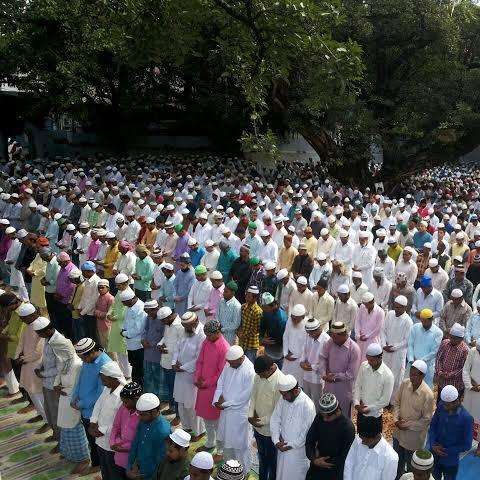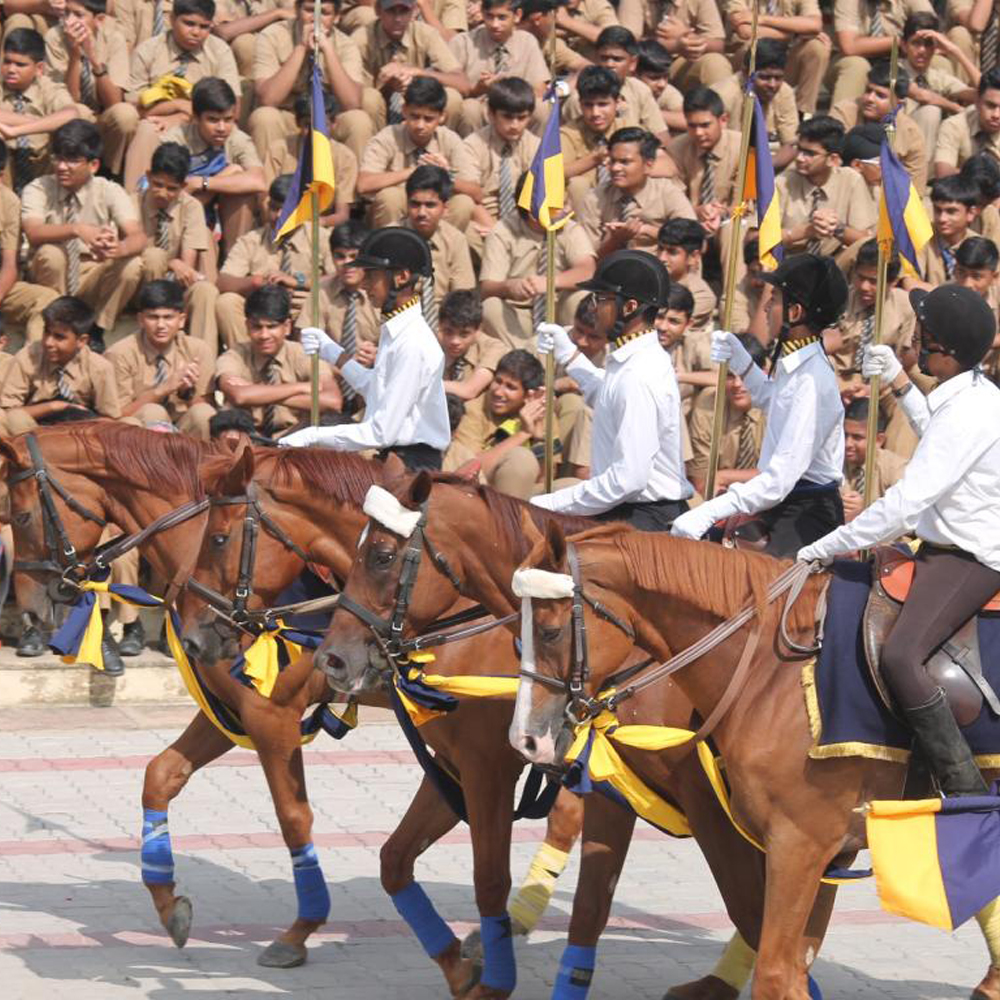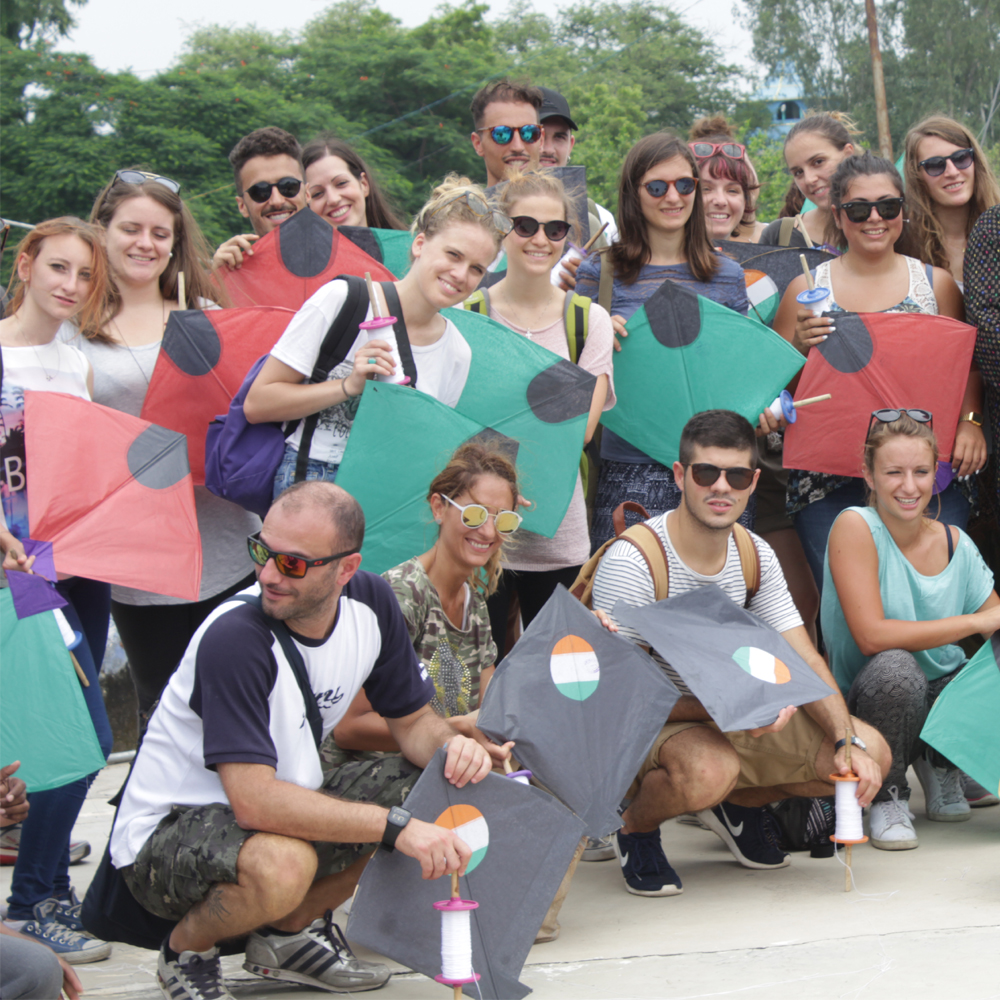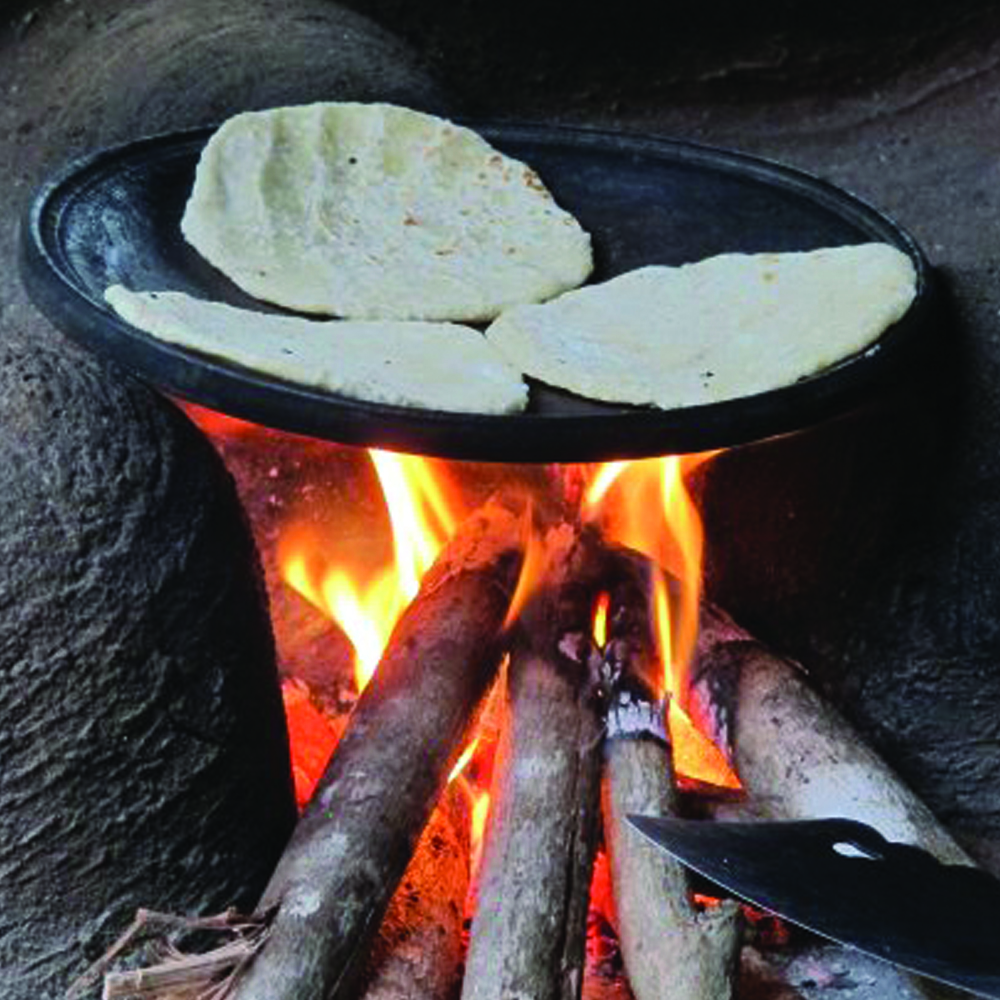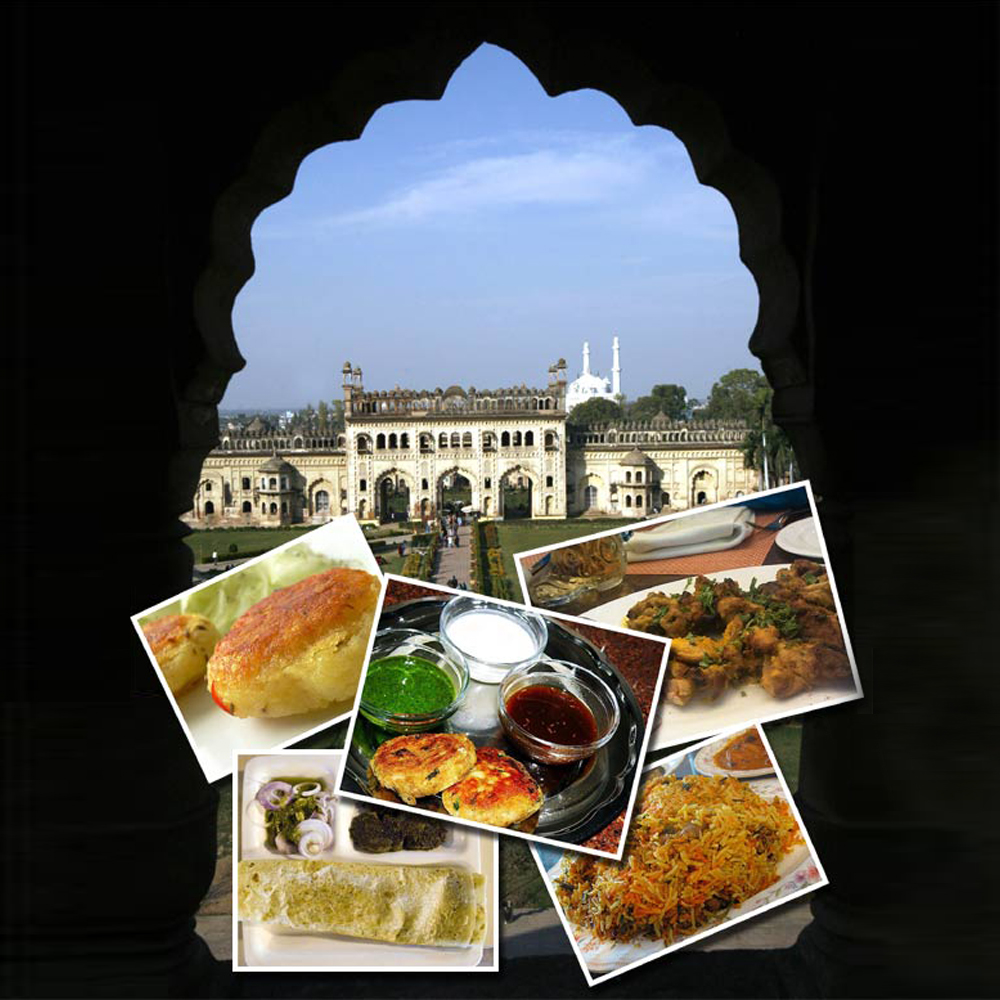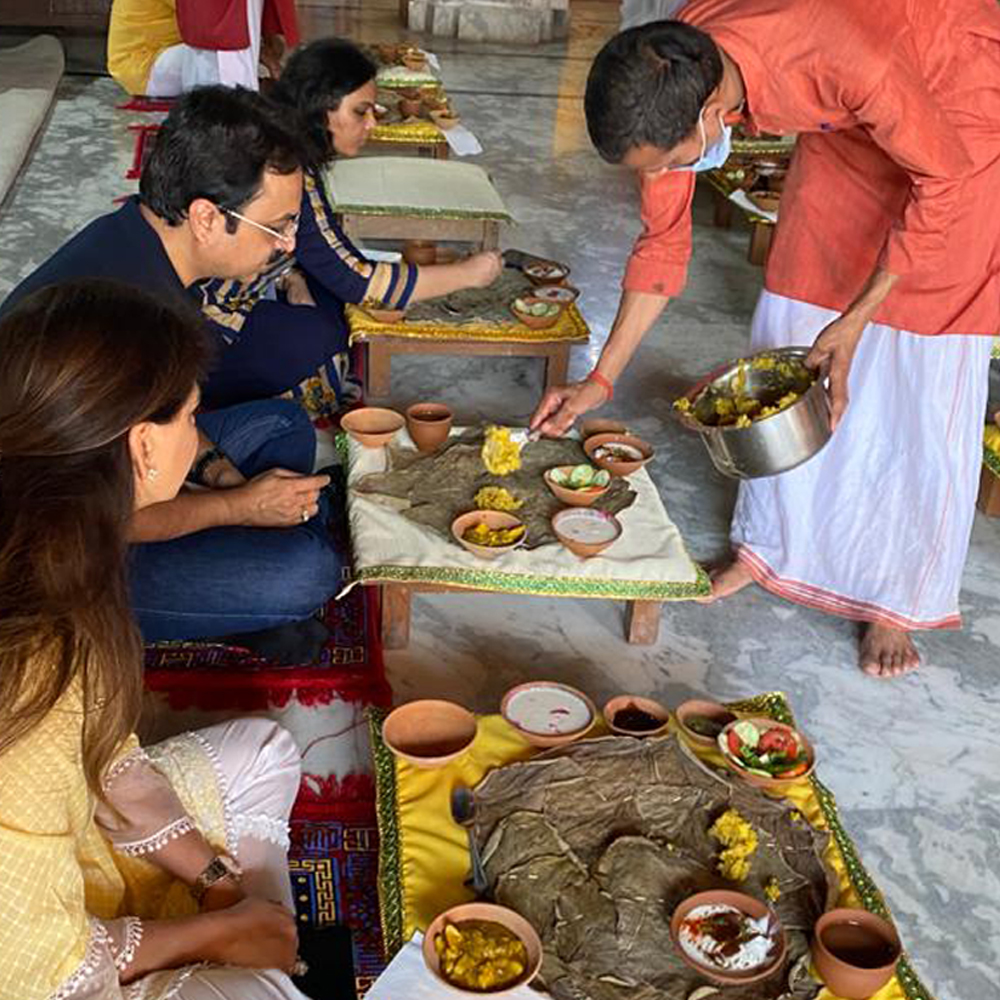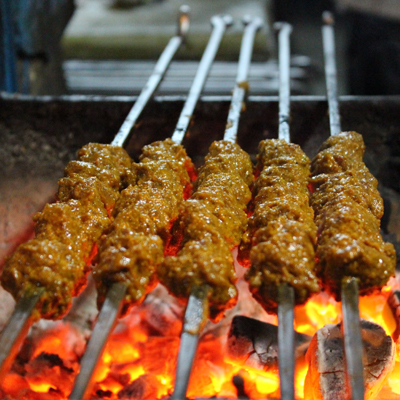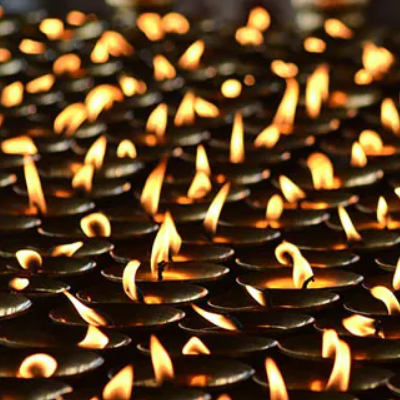Kanpur
Formerly known as Manchester of India, Kanpur is now called the commercial capital of Uttar Pradesh. Kanpur was termed as Manchester of India owing to the flourishing textile industry. In the state, the city is still one of the most important industrial centres. Situated on the bank of River Ganges, Kanpur is famous for its fine quality leather goods. It is also a fine producer of wool, cotton, sugar refineries, flour, vegetable oil and chemicals.
The city is believed to have been founded by the Hindu King Chandel, the king of the erstwhile estate of Sachendi, and the city was formerly known as ‘Kanhapur’. Kanpur’s history is centuries-old. In fact, Kanpur’s name was derived from ‘Kanhiya Pur’, the place of Lord Krishna. Later it came to be known was known as ‘Cawnpore’ during the British rule. This place has got its historical significance because of two places Bithoor and Jajmau which date back to 600 BC to 1600 AD.
It’s strange to note that Kanpur’s history is not known until the 13th century, it being the earliest mention found. Until the 18th century, Kanpur’s history was insignificant as it was only a small, unimportant village. But everything changed when, in May 1765, British defeated Awadh’s Nawab and it came under their direct rule. It was time for the British to use Kanpur as their military and administrative base. Through the treaty of 1801 signed between the British and with Nawab Sadat Ali Khan of Awadh, Kanpur was brought under the British Rule. Soon after, Kanpur became one of British India’s largest military stations. On 24 March 1803 it was declared a district and with it the spelling of Kanpur changed to ‘Cawnpore’, based on English pronunciation. By this time, European businessmen had gradually begun to settle in Cawnpore. This became a turning point in Kanpur’s history.
During the uprising of 1857, this place played a major role. Due to rebels such as Nana sahib and his close associates Tantya Tope and Azimullah Khan, Kanpur was a significant place during the revolt. Cawnpore witnessed three major events at that time, ‘wheeler’s entrenchment episode’, ‘massacre at Sati Chaura Ghat’, and then the ‘Bibi Ghar massacre’.
Nana Sahib whose headquarter was Bithoor, decided to capture Cawnpore back from the British and declared it as independent on 7 June 1857. On 5 June, Nana Sahib sent a warning letter about the attack to General Wheeler and the attack was successful too.
Nana Sahib then sent a note through a female prisoner Mrs. Jacobi to Wheeler to surrender and in return promised safe passage to Allahabad (now Prayagraj). Next morning when women and children were about to ascend the boat, there was all round confusion at the Sati Chaura Ghat when many were killed. The remaining survivors (mostly women and children) were arrested and shifted to Bibi Ghar (a house of ladies). Here the butchers were asked to kill the surviving ladies and children. Finally the mutiny failed and the British re-occupied Cawnpore. It was then that a memorial was built to commemorate the dead.
Kanpur’s development was even more phenomenal after 1857. Government Harness and Saddler Factory were started in 1860, followed by Cooper Allen & Co. in 1880, to supply leather material for the army. The first textile cotton mill, Elgin Mills, was launched in 1862 and then Muir Mill was launched in 1882.
Also this city owes much to Hindi language propagation and popularisation, with great Hindu laureates such as Acharya Mahavir Parasad Dwivedi, Ganesh Shankar Vidyarthi, Pratap Narain Mishra, Acharya Gaya Prasad Shukla ‘Sanehi’ and Balkrishna Sharma ‘Navin’ who belong to Kanpur.
This place has undergone tremendous changes from Kanhapur to Cawnpowre and then to Kanpur in the 20th century. It has now become a well-developed and modern industrial city. Not only is it a commercially famous city but there are also many good educational institutions here, specially the top most engineering colleges of India, the Indian Institute of Technology (IIT) and Sir Harcourt Butler Technical University, to name just two. The Arms factory is yet another feather in Kanpur’s cap. Guns and arms and other defence material are made in the ordinance factory located in Kanpur and is in fact one of the major factories here still.
Over the time, Kanpur is facing decline in its commercial industries and thus has gradually lost its title of Manchester of India. Yet it still sustains its image of being a major industrial city of India.
Not just that, Kanpur has plenty of sightseeing places too. Here are some must-explore places of Kanpur:
Jain Glass Temple
Jain Glass Temple was built as a mark of reverence to the 24 Tirthankars of the Jain community. The temple contains Lord Mahavir’s and the Tirthankars’ statues. They stand beneath a huge canopy built on a large platform of marble. As the name suggests, the entire temple structure is made of glass and enamel. It is designed in traditional architectural style and attracts large number of visitors. The walls and the ceiling of the temple are decorated with mirrors cut in exquisite artistic designs while the floor is built of marble.
Kamla Retreat
Located on the road to Kamala Nehru, Kamla Retreat houses a museum with a good collection of artefacts from history and archaeology. In addition to parks and a canal there is a zoo here too.
Moti Jheel
Located in the city’s Benajhabar area, this place has Kanpur Waterworks’ drinking water reservoir. Recently, the Jheel or the lake area has been transformed into a beautiful recreation grounds and a children’s park.
Green Park Stadium
This is the best and most famous playground in Kanpur. International Cricket matches are held here and it is known to have one of the best pitches in the world.
Jajmau
Jajmau, a suburb in Kanpur, is an archaeological site having a mound excavated in the years 1957-58. Jajmau is a hub for leather industries and is believed to be the oldest inhabited place in the region. The excavations conducted here suggest that it dates back to c. 1300–1200 BC. The discoveries made by during excavation have unearthed Earthen pottery, tools and various historical artifacts that are now placed in the Kanpur Museum.
Bithoor
The ancient and sacred place, Bithoor is located on the left bank of the River Ganges, just ahead of Kanpur. It is said that Sage Valmiki had written the great Hindu epic ‘Ramayana’ here and gave his ashram to Goddess Sita to stay. It is also believed that it was here that she give birth to her twin sons Luv and Kush (children of Lord Rama). Therefore, in Hindu mythology, Bithoor has a lot of religious value. Other divine attractions in Bithoor are Brahma Vart-Ghat, Pathar Ghat and Dhruvteela. Also Bithoor was the headquarter of Nana Rao and his fort here was later destroyed in revenge of the uprising of 1857.
Sites of 1857 Mutiny – When Kanpur was Cawnpore (read more)
Kanpur (Cawnpore) – a story of betrayal and horror. During 1857’s uprising the garrison commander at Cawnpore, Gen. Hugh Wheeler, was besieged by his own native troops (around nine hundred in number) in a hastily constructed mud walled fort known as the Wheeler’s Entrenchment. A visit to this now barren, walled area where the entrenchment was, reminds of the gruesome tale that followed. It is also a site of All Soul’s Church that evokes memories of the dreadful conditions endured by British soldiers, civilians, women and children at least till the rebel leader announced a so called cease-fire.
Massacre Ghat on the Ganges is a place where Europeans were promised a safe passage by Nana Sahib but were promptly fired upon in one of the worst tragedies in the history of the Indian Mutiny of 1857. Very few who succeeded to drift away from ghat escaped too succumbed later due to intense heat and hunger. Later the women and children who were spared there were taken into custody by the rebel forces. Some historians believe that the Massacre Ghat incident was a planned betrayal while many call it a result of confusion. Lieutenant Mowbray Thomson, one of the four male survivors of the massacre, after speaking to the rank-and-file of sepoys believes, “the killing was unknown even to those who killed and was a spontaneous result of utter confusion”.
Bibi Ghar translates as a ‘House of Ladies’ was a small villa where survived women and children from Massacre Ghat were kept as hostages and these were much more in number that it could hold. Poor sanitary conditions at the Bibi Ghar then led to numerous deaths from cholera and dysentery, finally the remaining were executed by hiring butchers for the purpose. Remains of the dead women and children were thrown in a nearby well. When British officers and soldiers reached the Bibi Ghar, to rescue the captives, they only found blood-splattered all over the place, with dead bodies of around 200 women and children piled in a well outside. They could only smell the stink of human flesh in the air and see a few vultures flying around.









